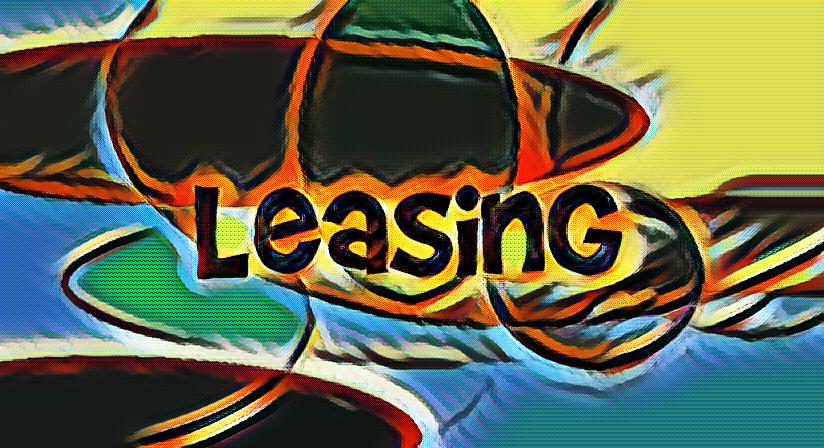Whether you are looking for a place to live, a new car, or a new cellphone, there are options regarding each purchase. One can buy, rent, or lease expensive items. This means there is a decision to be made for large purchases. This article focuses on leasing, what it is, and how it differs from buying and renting.
What does leasing mean?
A lease is a contract between the lessor or owner of an asset and the lessee or acquirer, for example, when you lease a car, you must sign a lease. The car belongs to the lessor and not to the person using it. However, the lessee pays an agreed tariff, usually monthly, to drive the car.
How is this different than renting?
Leasing differs from renting in the duration of the contract and the rights, risks and obligations. The contractual terms of a leasing contract are usually between six months and one year, but also longer (usually 36 months for cars). A rental agreement is often concluded for an indefinite period (for apartments) and has advantages in terms of risks and obligations. As a lessee you are responsible for the contractual object, as a tenant you have more rights and the lessor more obligations.
What is the difference between leasing and buying?
The most obvious difference between leasing and buying is ownership. When one buys something, they maintain ownership of the item. However, when someone leases an item, they do not own it. For example, consider cellphones. Often, a cellphone provider will lease a phone rather than sell it due to the high price of the item. Therefore, there is an additional charge added to the bill each month. When the lease agreement is up, the customer has the option to buy the phone. For these reasons, it is important to know the meaning of leasing so as to remove any confusion over ownership of items one pays for.
